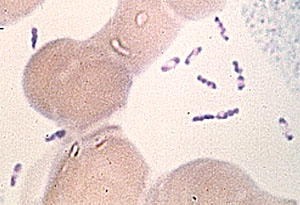Three years have passed since the drinking water of Flint, Michigan was initially contaminated with lead. In order to reduce costs, the city’s water source was switched to the Flint River. Shortly after this effort, residents began to complain about the taste and look of the new water. An investigation found the Flint River water source to be contaminated with E.Coli. The Michigan Department of Environmental Quality mitigated the crisis by increasing chlorine levels, which then corroded the pipes and introduced high amounts of lead into the city’s drinking water. Some of the residents’ water was tested and found to have a lead content of 13,000 parts per billion, far exceeding the EPA’s action level of 15 parts per billion in drinking water [1]. Water contaminated with 5,000 parts per billion is considered toxic waste by the EPA. [2]
Throughout 2014 and 2015, residents of Flint were afflicted by headaches, fatigue, respiratory issues, and other extreme discomforts. After a myriad of complaints were ignored, it turned out that the residents drinking lead-contaminated water were also being exposed to Legionnaire’s Disease. Legionnaire’s Disease is a type of deadly pneumonia caused by Legionella bacteria. The conditions of the Flint River water source harbored a breeding ground for the Legionella bacterium, which thrives in the Flint River’s warmer temperatures and on the rust and iron from the corroded pipes. [3] As of April 2016, 91 cases and 12 deaths have resulted from this Legionella outbreak [4].
The water crisis in Flint has largely been ignored by state officials and local hospitals. Numerous law suits have been filed for compensation for damages to no avail. However, Flint is finally getting the deserved attention it has been neglected of for so long. On March 17, 2017, the Environmental Protection Agency granted $100 million dollars for water system repairs to the city. These funds will be used to replace the corroding lead pipes, improve water treatment and delivery, and to uphold maintenance of the water infrastructure, with the hope to prevent future environmental disasters involving the water source of Flint, Michigan.
[1] https://www.cdc.gov/nceh/lead/tips/water.htm
[3] http://www.michigan.gov/mdhhs/0,5885,7-339-73970_71692-373401–,00.html
[5] http://www.cnn.com/2017/03/17/politics/epa-100-million-flint/

